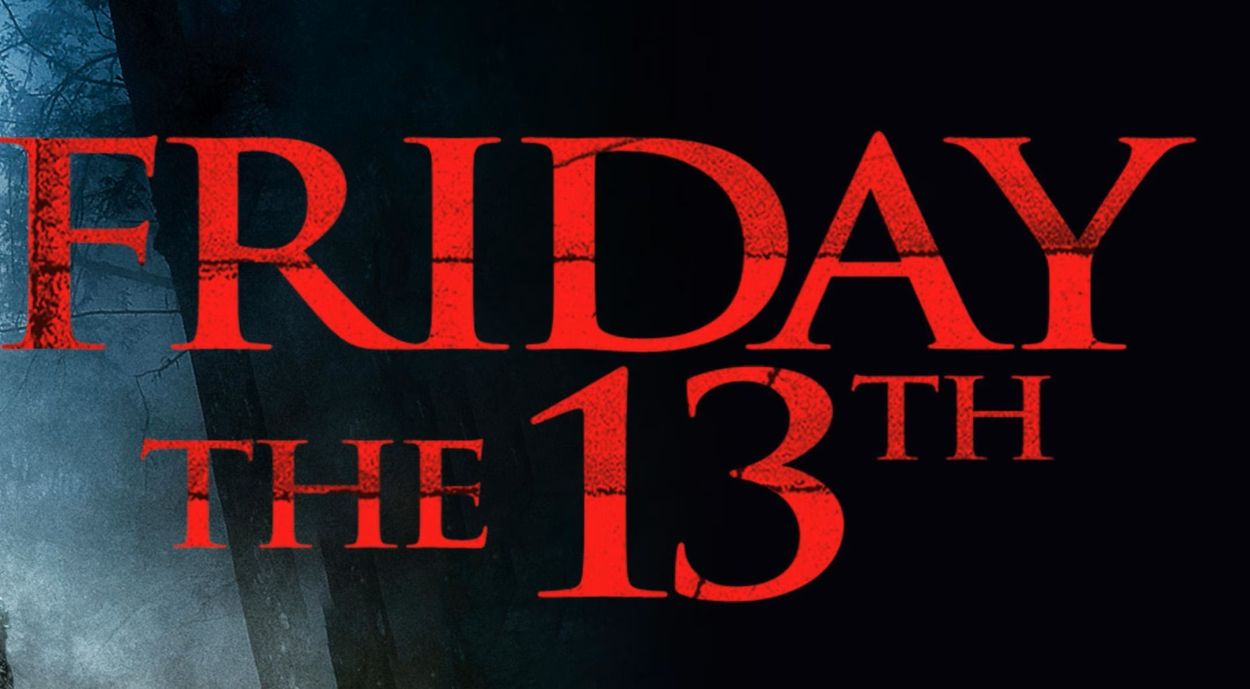Often dubbed the unluckiest day on the calendar, Friday the 13th captivates with a blend of charisma and fear within Western culture and aligns when the 13th of any month falls on a Friday, occurring at least once yearly and sometimes as often as three times.
The appearance of Friday the 13th varies annually. Notably, in 2015, the day occurred in February, March, and November, a pattern expected to repeat in 2026. Leap years start on a Sunday, such as in 2012 and 2040, and witness three Fridays, the 13th in January, April, and July.
In some years, such as 2016, 2021, and 2022, and looking ahead to 2025, 2027, and 2028, Friday the 13th occurs just once. However, 2024 will experience it twice, specifically September 13th and December 13th.
Cultural Origins of the Superstition
A mix of ancient myths and historical events fuels the fears surrounding Friday the 13th. According to Norse mythology, chaos erupted when Loki, the trickster god, uninvitedly crashed a Valhalla feast as the 13th guest, leading to disaster. This myth later merged with Biblical narratives, notably the Last Supper, where Judas, the 13th guest, betrayed Jesus before his crucifixion on a Friday.
Historically, Fridays are associated with significant biblical events, such as the expulsion of Adam and Eve from Eden, the murder of Abel by his brother Cain, and the beginning of the Great Flood. By the 19th century, these narratives unified to designate Friday the 13th as a symbol of bad luck, a concept that Thomas W. Lawson’s novel Friday the Thirteenth and the iconic Hollywood slasher film series popularized worldwide.
In modern times, works like Dan Brown’s The Da Vinci Code have deepened the superstition by adding a contemporary twist to the ancient fear.
Till now, 13th continues to captivate and unsettle, embodying a rich blend of lore, religion, and media influence and marking it as a day of intrigue and caution.






